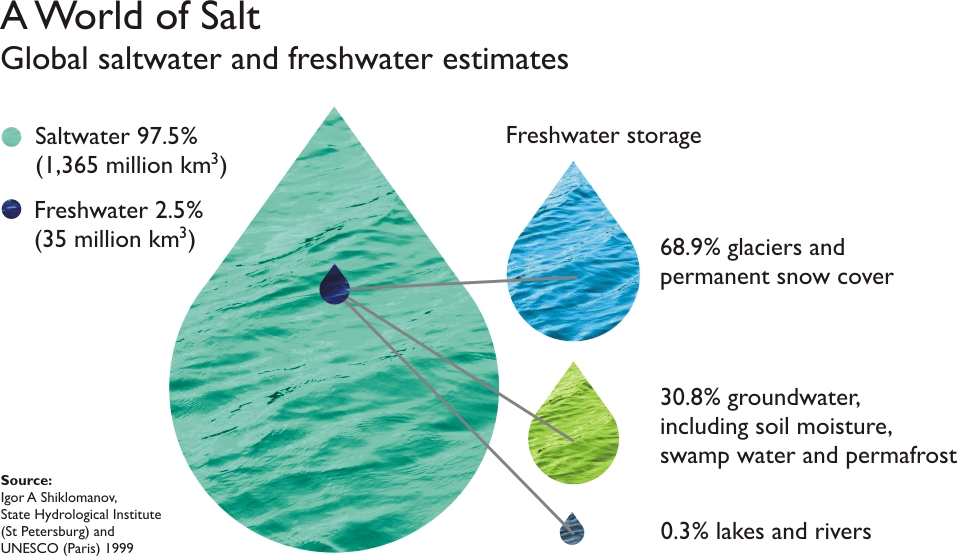News

by Travis Graves, Lower Neuse Riverkeeper
Climate science reports to the public are generally big-picture stories centered on the rising temperatures of our oceans, and how increases in temperature are driving sea level rise and extreme weather events to become more frequent and of greater impact. But, there is another side of the coin that lands a bit further inland. Rising temperatures are causing significant changes to our freshwater resources as well – changes that are accelerating at an alarming rate. To establish some perspective, let’s take an inventory of exactly what we are discussing.
We live on a planet that is primarily covered with water – about 71% of the surface of the earth, to be more specific. About 98% of that water is salty, and 2% of that water is fresh. Of that 2%, about 2/3 is
snow and ice stored in the form of glaciers, polar ice caps and snow pack, and about 1/3 is groundwater. Less than 0.5%, or one half of one percent of the 2% total, is surface water like rivers, lakes, swamps, and streams, and 0.05% is in the form of water vapor in our atmosphere. To put that into hard numbers, the total volume of water in, on, and above the surface of the earth is about 332,500,000 cubic miles. Of that staggering volume of water, about 22,340 cubic miles is fresh water in rivers, lakes streams, and the like – that’s less than 0.01% of all water associated with the planet earth. In this context, we can see just how precious, and how limited, our fresh, surface water resources are.
How then, you may ask, is climate change affecting this tiny percentage of water that we all depend on for drinking and washing, irrigation of our crops, fishing, and recreation? To begin answering this question, I will focus on two issues that are vital to the health of surface waters in eastern NC; algae blooms and freshwater mussels. Algae blooms are driven, in large part, by water temperature and available nutrients, both of which increase with the effects of climate change. Warmer temperatures prevent water from mixing, which allows algae to grow faster and thicker. It is easier for small organisms to move through warm water, allowing algae to float to the surface faster, which provides it with more access to the sunlight it requires to grow. Algae at the surface also absorbs more heat, again causing the water temperature to rise even faster. Global climate change is also initiating a “binge and purge” rainfall cycle with longer periods of drought interrupted by more severe and more frequent large scale storm events, very much like we have seen first-hand in eastern NC over the recent years. With this type of cycle, severe flooding transports more nutrients and other pollutants to the rivers during major storm events, and then stores those pollutants in increasingly warmer and less dynamic rivers slowed by drought.

Our other subject of interest here, fresh water mussels, are already victim to the effects of climate change. Although not as photogenic as polar bears or coral reefs, they play a fundamental role in the health of our waters, each individual adult filtering nearly 10 gallons of water each day. (their cousin, the oyster, can filter 30-40 gallons of water per day) Already, fresh water mussels are considered by some researchers to be the most imperiled group of animals in North America. A majority of the more than 300 species native to North America are either extinct or threatened due to pollution and habitat destruction, and now climate change may be the straw that breaks the camel’s back. According to a USGS study, when water temperatures reach more than 85 degrees, mortality rates for mussels less than two months old jump to nearly 50%. For reference, surface water temperatures in the southeastern U.S. have been recorded above 95 degrees during the recent draught years. Teresa Newton, co-author of the USGS study summed it up well, saying, “If we are not careful, they’re going to wink out in front of our eyes.”
Here at home we are already seeing the effects of climate change first-hand in the two 500-year floods that have occurred in the last 17 years, and the draught-fueled wildfires that burned tens of thousands of acres this year in eastern Tennessee and western North Carolina. Combined, these events have caused billions of dollars in damage to our environment, our infrastructure, and our personal property. The effects of climate change make the news when rivers flood and forests burn, but their impacts are degrading our fresh water resources every day, in ways that we don’t see or think about in our day to day lives, and in more ways than just the two I have touched on here. Increasing levels of algae, especially hazardous algae blooms of the blue-green type, and loss of our bivalve filter feeders like fresh water mussels, are a recipe for disaster in our rivers. As a prospect, this would be extremely unsettling, but in this case, the painful reality is that it is already happening right in our back yards.
Related News
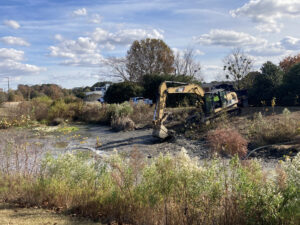
Position available: Stormwater Education Coordinator
April 18th 2024
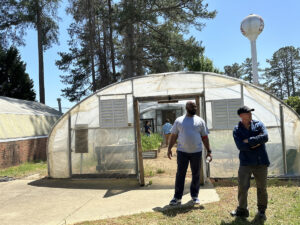
Southern Nash next in line for stormwater projects
April 18th 2024
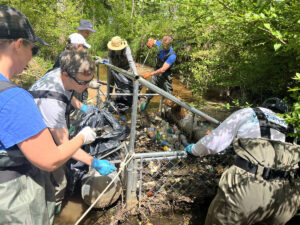
Xylem, Sound Rivers team up for cleanup
April 18th 2024

Sound Rivers launches new podcast
April 18th 2024

Swim Guide gearing up for a seventh season
April 11th 2024

Feedback needed for Jack’s Creek plans, projects
April 11th 2024

Pamlico-Tar Riverkeeper talks water quality
April 11th 2024
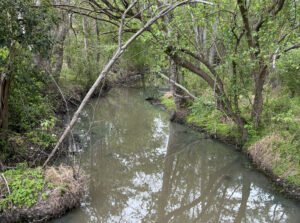
Pamlico-Tar Riverkeeper investigates Maple Branch turbidity
April 11th 2024


